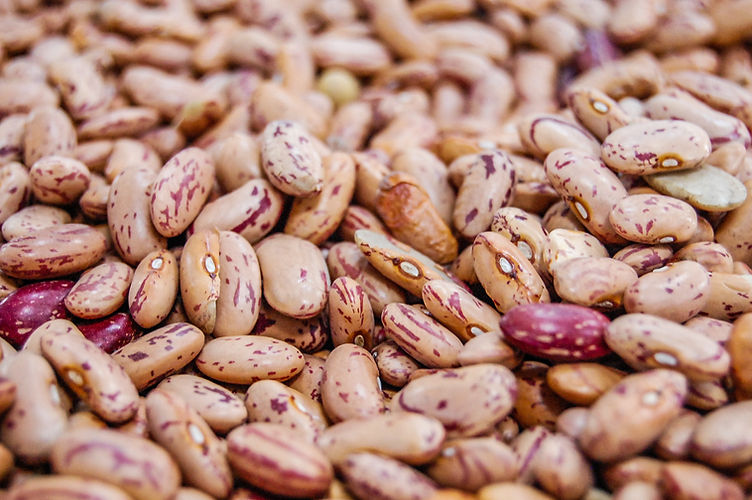top of page

PULSES
ome of the first crops cultivated by humans were pulses — human beings have been growing pulses for thousands of years. Indians consume pulses whole or as split seeds (called dals). They are an extremely healthy food due to their high protein content relative to other vegetables. Their other nutritional benefits include providing a source of complex carbohydrates, important vitamins and minerals such as iron and antioxidants. Pulses contain as much as 25 per cent protein, no cholesterol and virtually no fat, unlike meat, poultry, fish and eggs.
We are a prominent name for the suppliers and exporters of Pulses/ Lentils in India and overseas. We obtain pulses from the most reliable and trusted vendors in the market. The offered products are unadulterated and high in nutrition value.
Myths VS Facts
Myth: Lentils/ Pulses require an overnight soak before cooking.
Fact: Unlike some other members of the legume family, lentils/ pulses don’t need to be soaked prior to cooking. Simply pick through them and remove any dirt or debris, then rinse several times in cold water.
Myth: Lentils take a long time to cook.
Fact: Compared to other legumes, lentils have a relatively short cook time. Simply bring 1½ cups of water or broth to a boil for each cup of dried lentils. Then add the lentils, return to a boil, reduce to a simmer, partially covered until tender. The cooking times can range from 10 minutes to 1 hour depending on the variety and the recipe.
Myth: Lentils are a poor source of protein.
Fact: On the contrary, lentils are an excellent source of protein, providing about 18 grams per cup. Although they are missing two amino acids and considered an incomplete protein, this is not an issue as long as a variety of foods are eaten throughout the day. Even with a plant-based diet, you can obtain all of the needed protein with a varied diet.
History and Folklores
Archaeologists have discovered traces of pulse production around Ravi River (Punjab), the seat of the Indus Valley civilization, dating circa 3300 BC.
The evidence of lentil cultivation has also been found in Egyptian pyramids and dry pea seeds have been discovered in a Swiss village that are believed to date back to the Stone Age.
Archaeological evidence suggests that these peas must have been grown in the eastern Mediterranean and Mesopotamia regions at least 5,000 years ago and in Britain as early as the 11th century.
bottom of page
